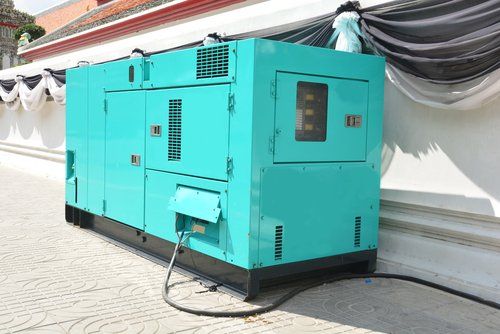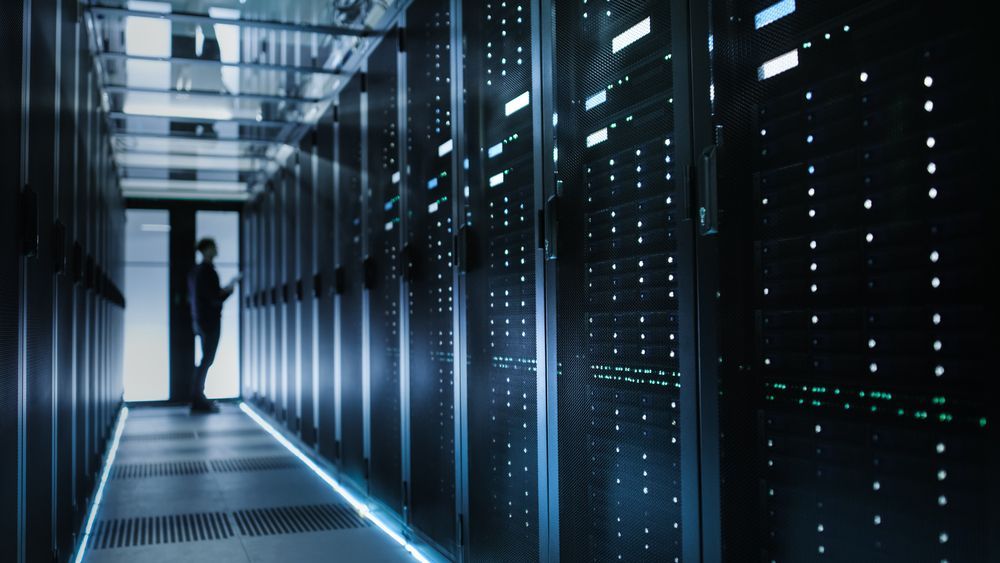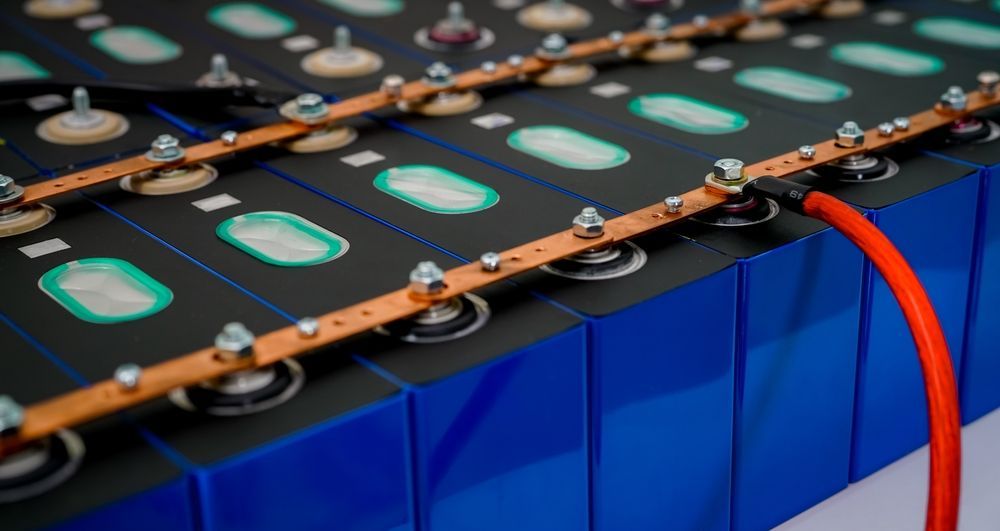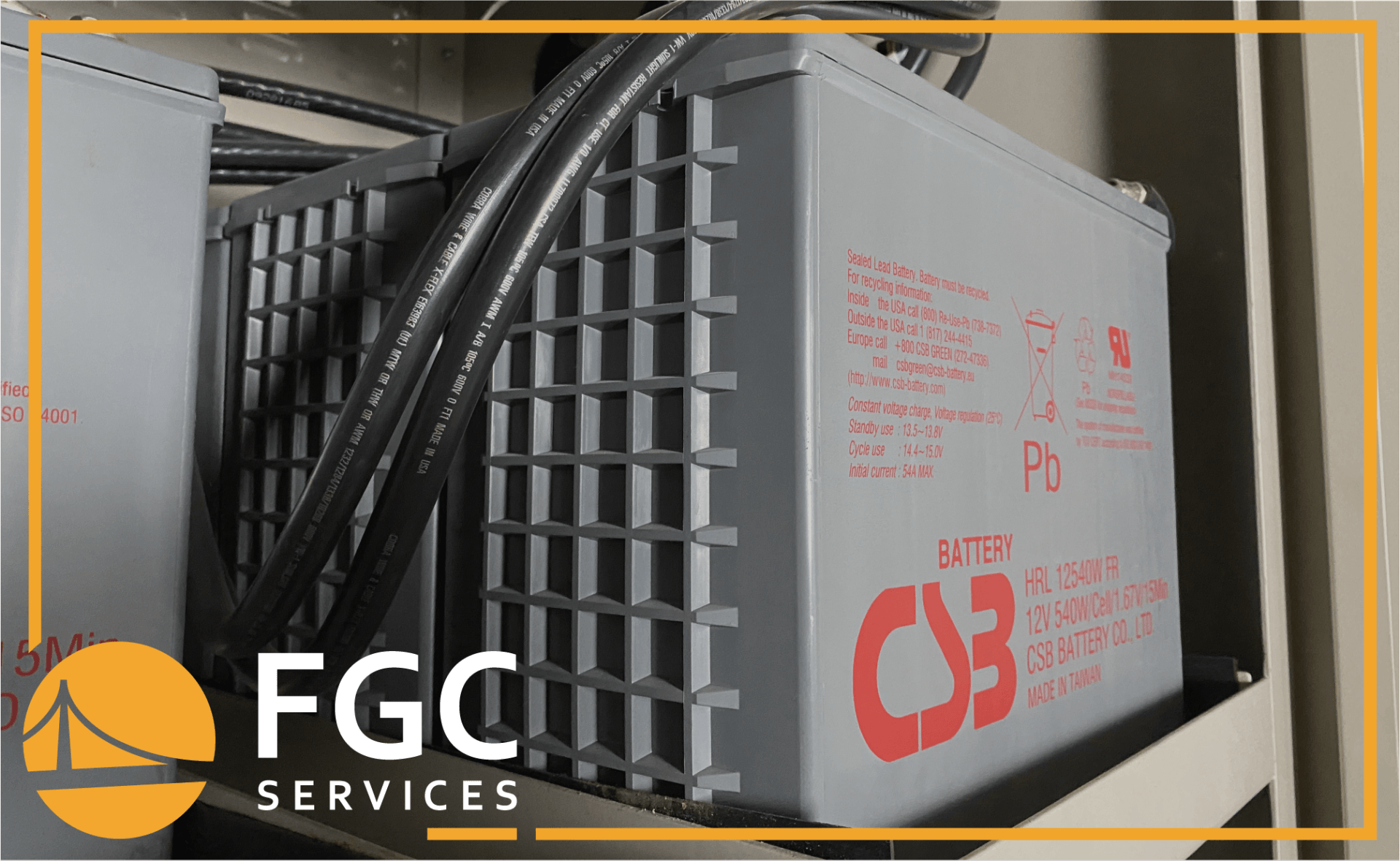Storms and other natural disasters can cause both power outages and power surges.
It’s at these times -- when power is fluctuating wildly -- that emergency lighting is needed. An emergency lighting inverter can keep the lights on when all other electrical features fail.

What Are Emergency Lighting Inverters?
Emergency lighting inverters act as backup power supplies when the main electrical supply fails. While the same type of inverter can theoretically be used for almost anything, the inverters are usually used for emergency lighting so that people can evacuate during disasters.
How Do Emergency Lighting Inverters Work?
Emergency lighting inverters are so-named because of how they switch between electrical current types.
Almost every electrical fixture in commercial buildings (and homes) runs on alternating current (AC). As long as AC current is running through a building’s electrical system, as long as the power is on, an emergency lighting unit draws small amounts of electricity to keep its batteries charged. The inverter remains in standby mode during this time of normal operation.
The rectifier component of the emergency lighting inverter changes the AC power that it accepts into direct current (DC) electricity, which is used for for charging a battery and storing the power.
When power is lost, the emergency lighting inverter senses the change because it stops receiving AC current. It transitions to the battery supply, and again inverts the electrical current to AC current. This time, the current is switched from DC to AC so that it can be used by the building’s electrical fixtures -- primarily its emergency lighting.
Emergency lighting is often prioritized because it’s so important and draws relatively little electricity. A lighting-specific inverter is practical even for small commercial buildings because it doesn’t have to be overly large.
Why Do Commercial Buildings Need Lighting Inverters
Commercial buildings should be equipped with lighting inverters for one simple reason. In many situations where people have to find exits, an external power source is needed because the main power is down. Storms, floods, fires, and other disasters all can result in loss of power, and require immediate evacuation.
Lighting inverters are a pragmatic, effective, and reliable way to provide the external power for emergency lighting. In many states, buildings over a certain size or used for certain purposes are required by law to have functional emergency lighting inverters in place.
What Maintenance is Required for Emergency Lighting Inverters?
Like all emergency preparedness equipment, emergency lighting inverters should be checked and serviced regularly. Building owners don’t want to find out that their inverter isn’t functional during the midst of a disaster. Regular checkups are the way to prevent mid-disaster failure.
Servicing an emergency lighting inverter involves checking the batteries and connections, and testing the inverter’s operation. This should be done by a knowledgeable and experienced emergency lighting specialist, both so that it’s done right and so a building owner isn’t liable.
If you own a commercial building, contact us at Facility Gateway Critical Services to set up an emergency lighting inverter maintenance program.
More Industry-Leading Insights





